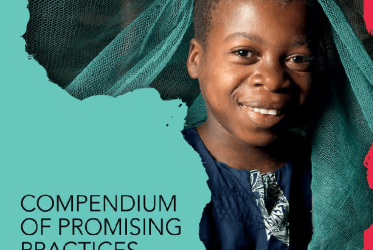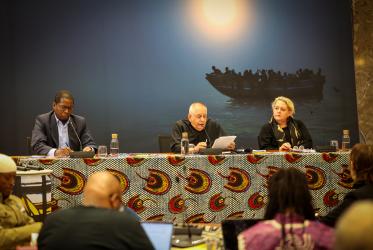Today I focus on another virus that is a serious threat to women’s health around the world. I refer to Human Papilloma Virus (HPV), at least 13 HPV viruses are recognized as high risk for the development of cervical cancer. Given the large prevalence of HPV, most women acquire it after two years of sexual debut.
The good news is that now we have a solid strategy to respond to the challenge of cervical cancer. This strategy has three main targets:
90% of adolescent girls of age 15, with prophylactic vaccine
70% of women with twice-life cervical cancer screening (at age 35 and age 45)
90% of pre-invasive cervical lessons and invasive cancer treated
Cervical cancer is the fourth leading cause of cancer deaths among women globally. If we achieve the above targets, we have the potential of saving 62 million lives with a substantial impact in women among 30-40 years old. Cancer diagnostic and treatment services show disparities and inequalities, associated mostly with low and middle income countries.
Since cervical cancer is a challenge, collaborative and joint efforts are needed that put women at the centre and look at the lifetime spam of women in all our diversity. We must promote political will and sustainable budgets, mobilize and educate communities, and promote multisectoral collaboration between all stakeholders. WHO estimates that US$ 3.20 will be returned for every dollar invested in cervical cancer prevention and care until 2050. Cervical cancer is not free of stigma and discrimination, particularly because it might affect the reproductive ability of women. Psychosocial support and support for women who have cancer is important, accompanying the entire healing process.
Women living with HIV have six times higher risk of developing cervical cancer and higher chances of treatment failure, experiencing recurrence of dysplasia. However, prevention and early diagnosis and treatment are highly cost-effective. Existing HIV, antenatal, and immunization programs are important opportunities for the integration of vaccination, screening, and treatment.
Particularly for faith leaders, my plea is that you educate and support women living with HIV in your communities, and teach about the benefits of the vaccine and the importance of early screening and treatment.
Be on the side of women living with HIV who we might lose due to cervical cancer.








